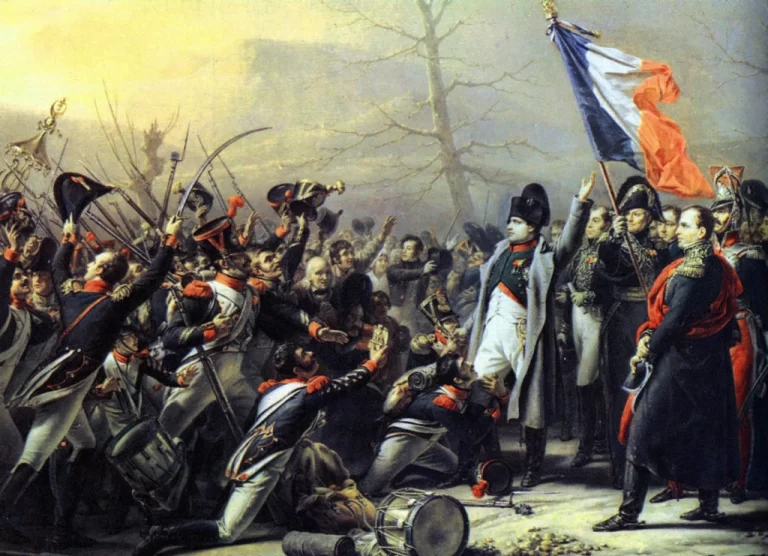History often comes to us not as a clear window into the past but as a series of stories that have been shaped, twisted, and tinted by generations of retelling, some of it is turned into historical misconceptions. What we think we know about historical figures and events might not always align with the truth.
This article aims to clear the fog on some of the most widely held historical misconceptions, presenting the facts in a straightforward manner that demystifies the past, making it more accessible to everyone.
1. Napoleon Was Average Height
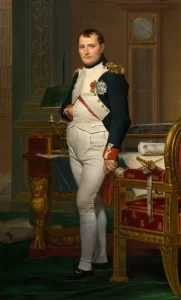
One of the most enduring myths is that Napoleon Bonaparte was shorter than average. In reality, he was approximately 5 feet 7 inches tall, which was actually slightly above average for a Frenchman during his time. The misconception likely stems from the fact that he was often depicted alongside his imperial guards, who were chosen for their imposing heights.
2. Vikings and Their Helmets

The image of a Viking donned in a horned helmet is iconic—but historically inaccurate. Archeological evidence shows no signs that the Norse warriors wore such dramatic headgear in battle. The myth probably originated from ceremonial or decorative pieces found in Viking burial sites, misinterpreted by early historians.
3. Salem’s Misunderstood Witch Trials
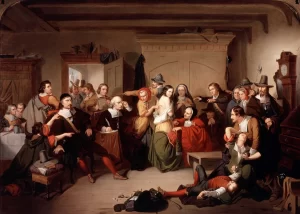
Contrary to popular belief, the Salem witch trials did not end with the burning of witches at the stake. The majority of the accused in 1692 were hanged, and one unfortunate soul was crushed under heavy stones. European witch trials occasionally employed burning, but that was not the case in Salem, where puritanical laws dictated the methods of execution.
4. Marie Antoinette’s Fabled Indifference
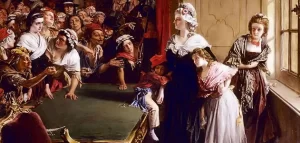
“Let them eat cake” is one of the most famous quotes attributed to Marie Antoinette, yet there is no evidence she ever uttered these words. The phrase appears in Jean-Jacques Rousseau’s writings when the future queen was just a child. Historians believe the misattribution arose as part of revolutionary propaganda to paint the monarchy as insensitive to the plight of the French people.
5. The Great Wall from Space

Another popular but false notion is that the Great Wall of China is visible from space with the naked eye. Astronauts have confirmed that under normal conditions, it’s barely discernible. In fact, many other human-made structures are more visible from space than the ancient defense wall.
6. Cleopatra’s Ancestry
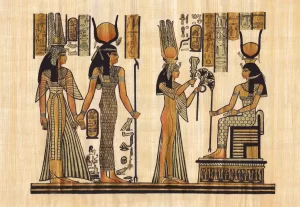
Though famously known as the last pharaoh of Egypt, Cleopatra VII was actually of Macedonian Greek origin. She was a member of the Ptolemaic dynasty, which ruled Egypt from the time of Alexander the Great’s conquests. Cleopatra was notable for being the first in her family to embrace Egyptian customs and language, despite her Greek heritage.
7. The Not-So-Wild, Wild West

The American West was not as wild as cinematic portrayals would have us believe. Historical records indicate that most frontier towns had very low rates of violent crime. Gunfights, showdowns, and lawless bandits were more the stuff of Hollywood films than daily reality in the Old West.
By revisiting and revising these historical misconceptions, we get a clearer picture of our past. Understanding the true stories helps us appreciate the complexity of history and prevents the perpetuation of myths that distort our collective memory.
It reminds us that history is not just a series of events but a tapestry woven from the threads of truth, interpretation, and misunderstanding. This approach not only enriches our knowledge but also enhances our critical thinking about the past and how it is presented.




